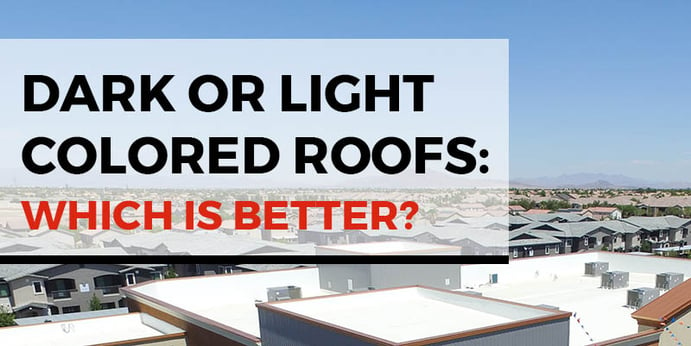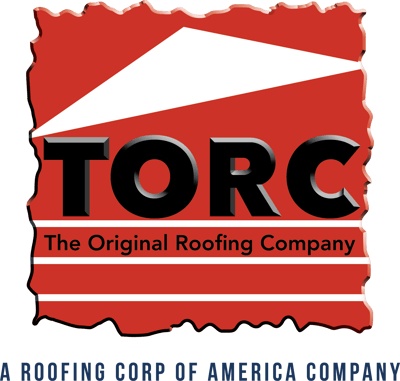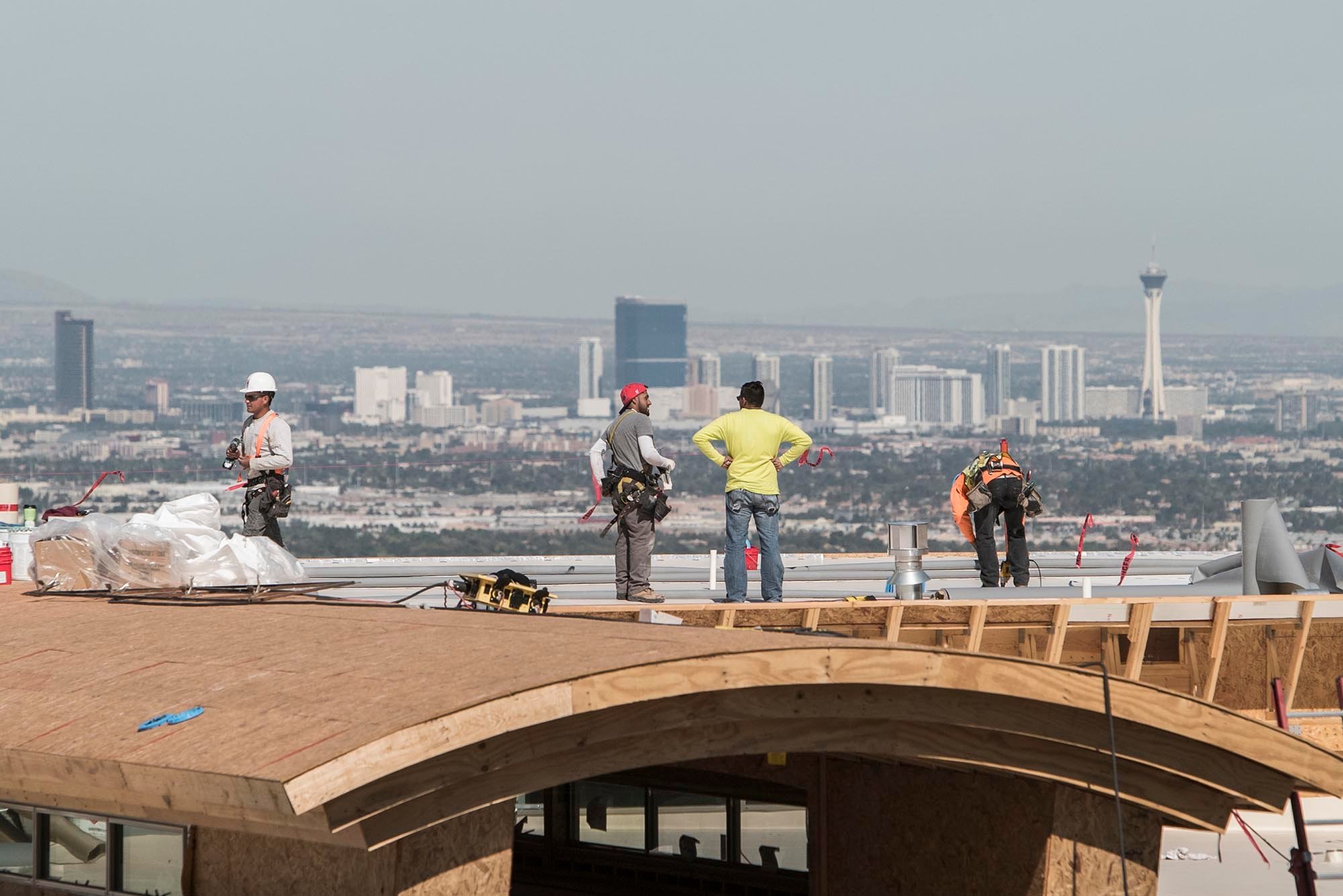
Real estate can be a fantastic way to build wealth, and purchasing commercial properties is a great way to get in the game. However, whether you are the owner of the property, or responsible for reporting to the owner, you are beginning to realize, commercial property maintenance can be expensive. Between mortgage payments, insurance, maintenance and repairs, and utility bills, the cost of owning a property can be staggering. It seems like every other week, something needs to be repaired, replaced, or paid for. Thankfully, there are some things you can do to save money (and help out the environment) such as repairing or maintaining your commercial roof.
If you're in Las Vegas, ask us about roof coatings. Call 702-739-7663 or request a free estimate →.
What Is the Most Energy-Efficient Roof Color?
Your roof protects your tenants and their possessions, your investment, and (if done properly) your energy bills, especially in hot desert climates like Las Vegas. If you are replacing or improving upon your current roof, you may be unsure of how to get the most energy savings for your money.
When it's time to choose a roof, lighter roofs do better than darker ones. However, there is no specific color that will do best for your energy bills as good insulation is what makes all the difference in how much heat enters your building. Anything else is diminishing returns.
Adequate ventilation and insulation in the building minimizes the amount of heat that enters (and leaves in the colder months) and can lower energy bills all year long. The climate in which the property is located, as well as the type of property, will guide the insulation material that you choose. There are a variety of materials to investigate, including:
- Foam
- Fiberglass
- Cotton batting
Depending on the type of roofing you choose, you may only need to include an air space as insulation could allow mold or mildew to grow. Here in Vegas, however, insulation is extremely important.
But let's get back to talking about color.
Dark vs Light-Colored Roofs
Have you ever walked outside in the dead heat of summer wearing head to toe black clothing? Your clothes absorb the heat from the sun and you are left a messy puddle. Whereas, if you wear white or light colored clothing, the sunlight is actually reflected off of the fabric as opposed to absorbed by it. This is called "reflectivity" and, to some degree, it holds true for roofing materials as well.
A light-colored roof will help prevent your property from "soaking up the rays" and costing more and more to cool. This can be a difference of 50 to 60 degrees from a dark-colored roof, which then translates to less heat entering the building.
What Is Cool Roofing?
While roof color plays a role in heat absorption, it's not the only factor: material and reflectiveness also make an impact on the amount of energy required to keep your home and your family cool in the summer months.
There are a variety of roofing materials to choose from and some are better at reducing energy costs than others. In addition, some may be more expensive to install, but may lead to greater savings in the long run. For example, a metal roof is more expensive up front. However it may be the best bet for your monthly energy bills. You can also look into any of the following to determine the best choice for your climate, budget, and energy goals:
- Tile roofing
- Concrete
- Wood
- Asphalt
No matter which direction you choose, look for an Energy Star rated roof for maximum energy savings. A reputable, professional roofing company can help you decide what option is best for your home and situation.
Whatever roofing material you choose, it's a good idea to add a reflective roof coating to the material to achieve higher reflectiveness. This is done by adding a silver or metallic-colored coating to your existing roof. Known as Elastomeric coatings, they will decrease your monthly energy bill and improve the overall wear and tear on your roof, allowing you to replace it less often. This type of coating will have a higher Solar Reflectance rating than a dark or black roof and may prevent up to 75% of solar heat from entering your home. Check with any warranties you may have before installing this coating as it may void an existing warranty.
Related: Reflective Roof Coatings: What Are the Benefits?
Whether you are ready to replace your roof or not, you can make improvements to your building's energy usage by choosing a light colored roof, choosing proper insulation, and adding a reflective coating to the property. Not only will this keep your energy bills at bay, but it will also improve your carbon footprint. Your wallet and the earth will thank you.





